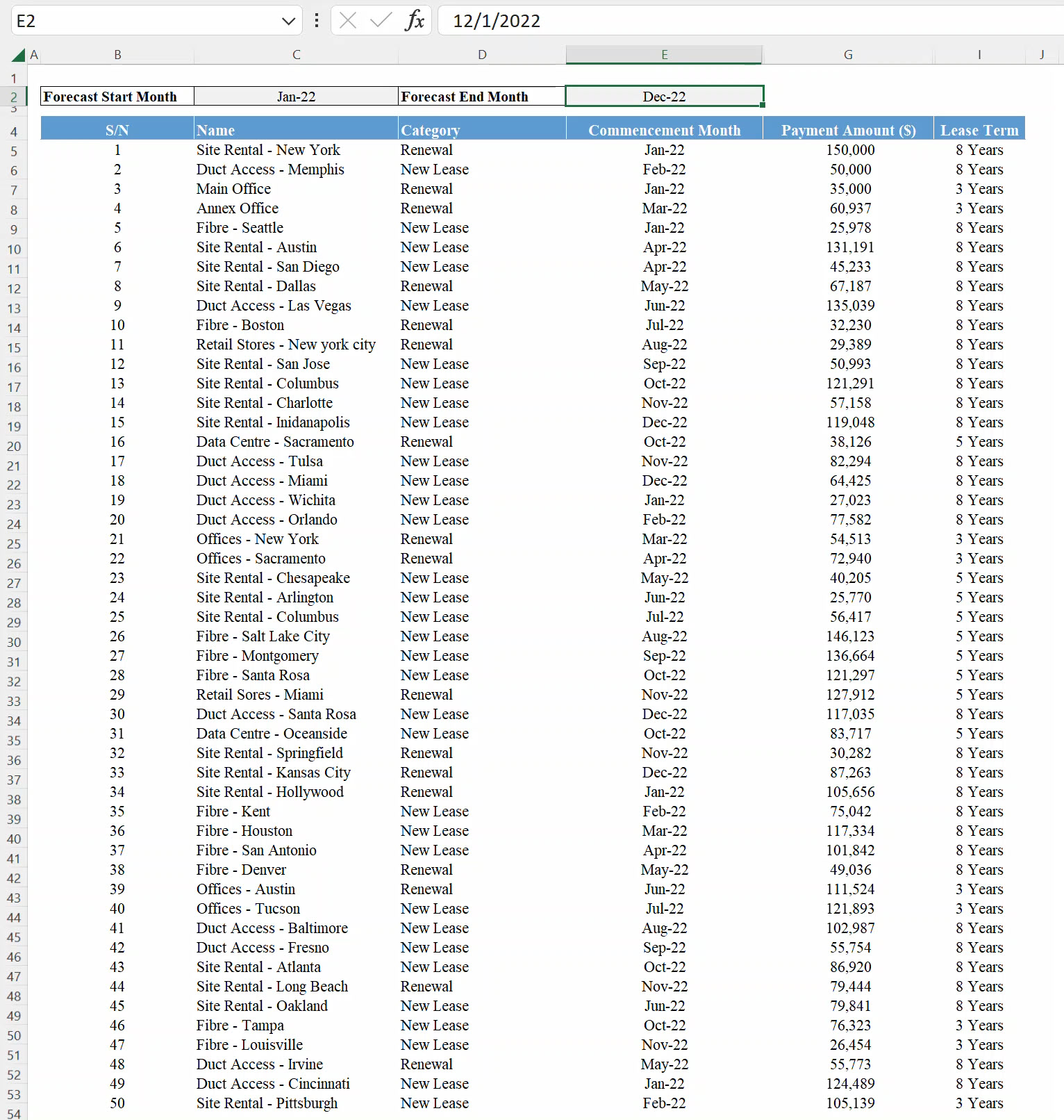Using Excel's Built-In Functions for Data-Driven Automation.
Microsoft Excel's widespread adoption can be attributed to its usefulness in many different fields as a data management and analysis tool. The breadth of Excel's in-built capabilities is one of the program's strongest points. Excel functions are a special kind of predefined formula that may be used to perform a broad variety of tasks more quickly, including automating calculations and modifying data. This article will discuss the significance of Excel functions and how they may be used to make the most of Excel.
Modeling using Stats and Math
Excel's built-in functions automate and streamline complex mathematical and statistical calculations and data analysis. Sumifs Function in Excel, AVERAGE, COUNT, MAX, MIN, and STDEV can be used for everything from basic arithmetic to complex statistical studies. You can easily find the Index Match Multiple Criteria function.

Transformation of Data
Users can tailor their data analysis and presentation with the help of Excel's built-in functionalities. Combining text, replacing characters, changing case, and trimming off extra spaces are all possible with the help of functions like CONCATENATE, SUBSTITUTE, UPPER, LOWER, and TRIM. The DATE and TIME functions in Excel are useful for calculating dates and times, and the LEFT, RIGHT, MID, and LEN functions help extract specific parts of text strings. Countifs Function in Excel is also fantastic. Using these tools, users can rapidly clean and standardize data, convert data, and extract useful information from text strings.
Conditional and logical reasoning
Excel's built-in functions make it possible to perform complex logical and conditional operations on data and examine it in light of user-defined criteria. Users can analyse situations, run logical tests, and make decisions depending on the outcomes with the help of logical operators like Excel If Function, AND, OR, NOT, and IFERROR. Excel's conditional formatting feature uses the spreadsheet program's built-in features to highlight cells in a worksheet based on user-specified criteria. These features let users to analyse, filter, and sort data in order to zero in on specific subsets of data that satisfy predetermined criteria.

Reference and Lookup Operations
Excel Vlookup, HLOOKUP, INDEX, Xlookup and Excel Match Function are just a few of the Excel functions that let users find certain values in a range of data and extract the appropriate information. Hlookup is the most preferred option. When merging data from different sources or working with enormous datasets, these operations prove invaluable. Users can validate data, develop connections between data, and build live, dynamic reports or dashboards by utilizing lookup and reference capabilities. Excel Index Function is also pretty good.
Conclusion
Excel functions are fundamental to Excel's ability to analyze and automate repetitive tasks. They enable users to efficiently execute a variety of calculations, manipulate data, make sound decisions, and retrieve data according to user-defined criteria. Excel's full potential as a data analysis and decision-making tool can be accessed by making advantage of the software's many features. You can anytime use Subtotal Function in Excel. Users can save time, energy, and effort by taking use of Excel's many time-saving and labor-saving features. Mastering Excel functions is a useful skill that offers up a world of possibilities for effective data administration and analysis, whether you're a corporate professional, analyst, or student.